These effective strategies can help your practice build a steady Twitter following and keep potential patients engaged.
With the growth of digital health, it’s becoming more and more common for people to research medical questions and share their healthcare experiences online. On Twitter, medical marketers can tap into these conversations, direct patients to relevant resources, and maintain a message of openness and transparency.
Several studies have shown that people are more likely to frequent medical practices with a robust online presence. A 2018 survey performed by the American Osteopathic Association found that more than 54 percent of millennials are or would like to be friends with their healthcare providers on social media. Yet, many medical practices only have basic information about their physicians on their platforms — names, contact information, specializations, and maybe a photo or two.
If you haven’t built up your Twitter profile, now’s the time. As more and more patients expect engagement on social media, curating your Twitter content is a critical investment in your practice’s future.
Get Your Twitter Account off the Ground
Looking to launch your Twitter profile for the first time? Here are some tips to get you started:
1. Build a Quality Bio
A profile picture is usually the first thing people notice on social media. To make a good first impression, upload a high-quality photo of yourself smiling and wearing professional attire. The bio itself should grab people’s attention without being too promotional. That said, feel free to highlight your educational background and relevant specialties. Remember to include your location and link to any other social media accounts.
2. Set up a Posting Schedule
Aim to tweet two to three times daily, either manually or by using a social media management site like Hootsuite. Timing your tweets is equally important. Send out your most informative tweets during the afternoon when people are more likely to be spending time on their phones. The rest of your content should be spread out in regular intervals.
3. Follow Smart
Following the right accounts can dramatically increase your practice’s exposure. First, make sure that you’re following current patients and local community partners. Then you may want to follow major medical organizations/websites, high-profile doctors, and leading drug companies. Based on your engagement, Twitter’s algorithms will scan who you’re following and recommend other accounts in that orbit. After that, your connections will likely build from there.
Build a Twitter Following
It’s easier for physicians to gain followers on Twitter than it is for many other professionals because users are often seeking out medical advice. Plus, the idea that you can tweet your doctor asking about the best way to stop a runny nose and get an instant, personalized response is appealing to many people. Here are five effective strategies for healthcare marketers looking to build a Twitter following:
1. Share Original Content
The key to success is not just tweeting often, but tweeting well. Flooding your followers’ timelines with irrelevant content will cause them to lose interest. Instead, link to a wide variety of original content that will appeal to your audience: blog posts, videos, listicles, interviews, and more. And don’t forget hashtags!
2. Take Advantage of Social Listening
Social media listening (SML) refers to the systematic observation and analysis of what’s trending on social media. In short, it’s making note of what other people are talking, tweeting, and posting about so you can engage with the most relevant conversations. SML keeps you informed about what’s important to your patients and optimizes any marketing strategy.
3. Respond to Both Negative and Positive Feedback
Addressing positive feedback is easy, and thanking your followers for their kind words is an important step in fostering a relationship with them. Negative feedback, however, can be tempting to delete or ignore. Instead, take the time to thoughtfully respond. Patients think highly of healthcare providers who care enough to publicly address criticism, and the respect you earn may even translate to a larger Twitter following.
4. Engage with Influencers
A recent survey from WEGO Health found that social media influencers rely on patient social media groups and health reference sites more than company websites. 72 percent of those surveyed reported getting most of their information from social media groups, and 94 percent said social communities play at least some role in their health decisions. It’s important to tap into this engagement to get your content in front of the patients who follow these influencers.
5. Humanize healthcare
When it comes down to it, healthcare is about people. Industry leaders are increasingly focused on this fact, and many are dedicated to finding new ways to incorporate patient centricity into their marketing strategies. In this way, an active Twitter presence deepens the doctor-patient relationship and reminds patients that healthcare is ultimately about human connection.


















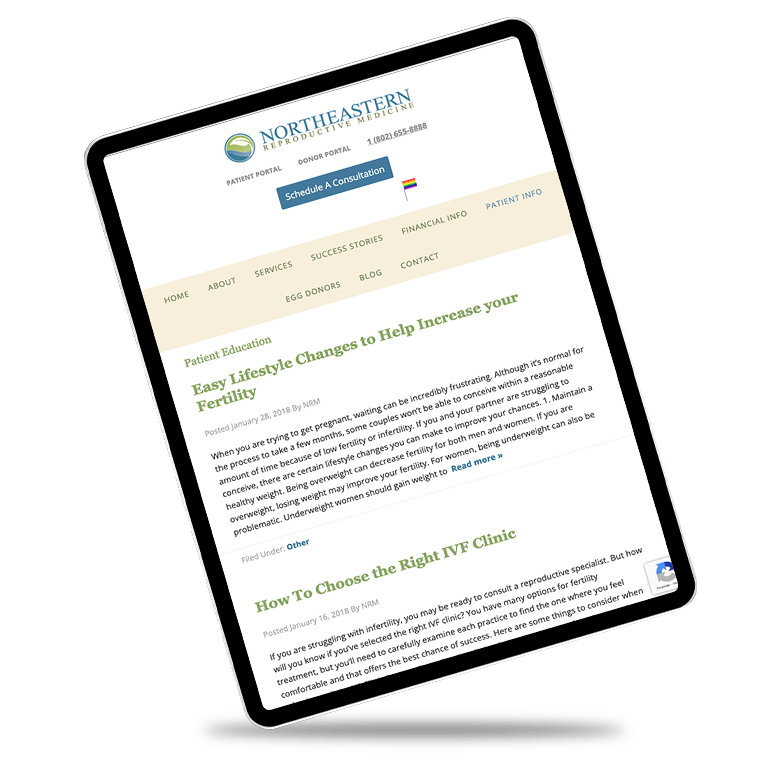

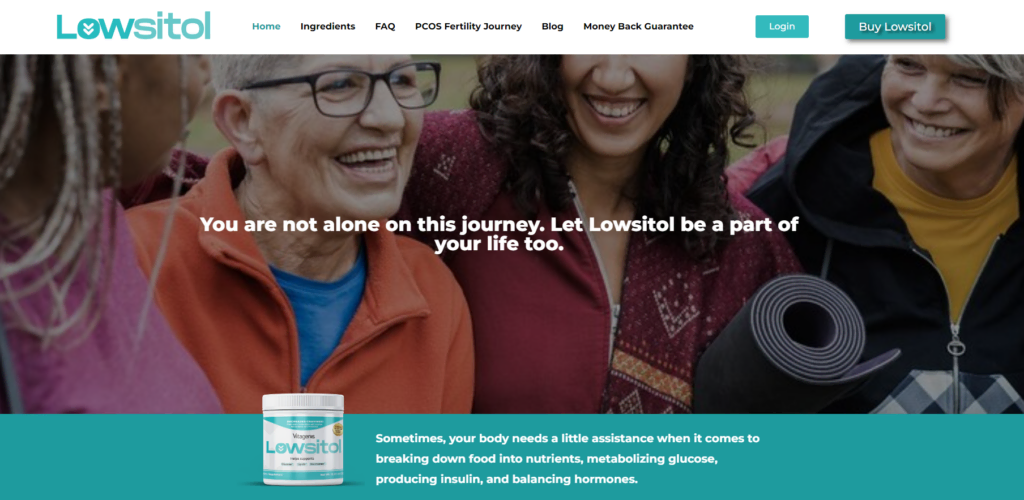
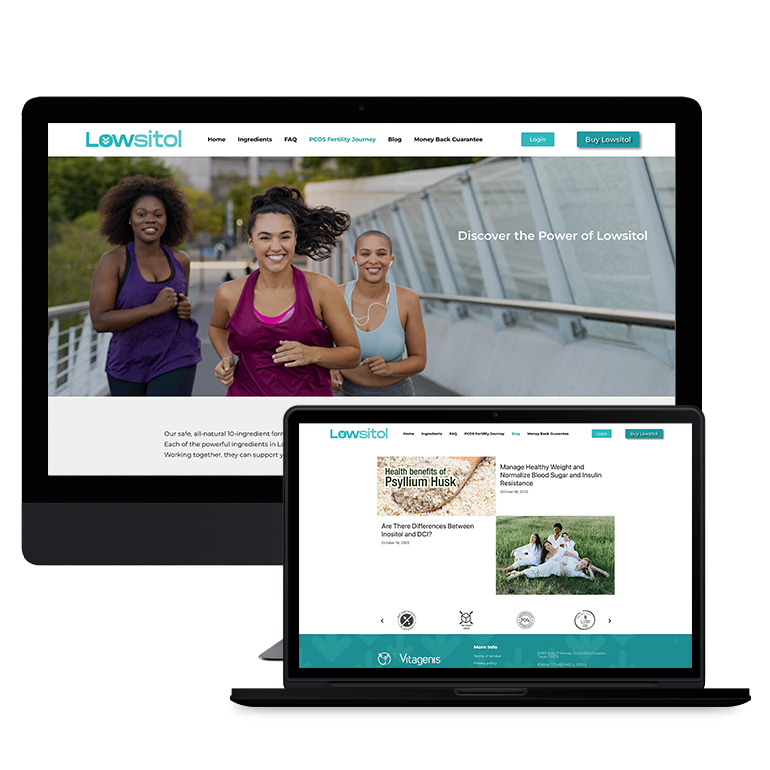
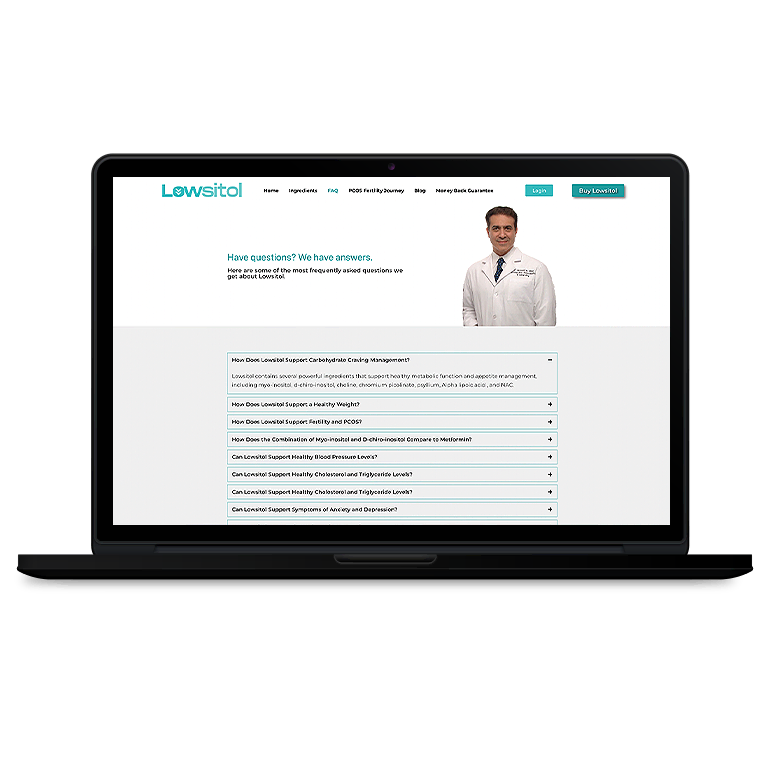
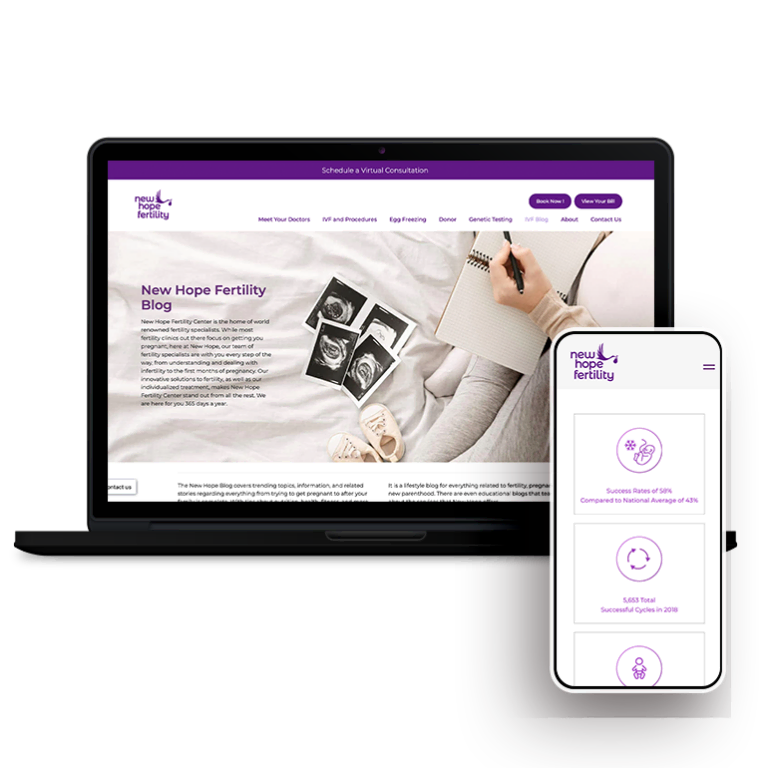
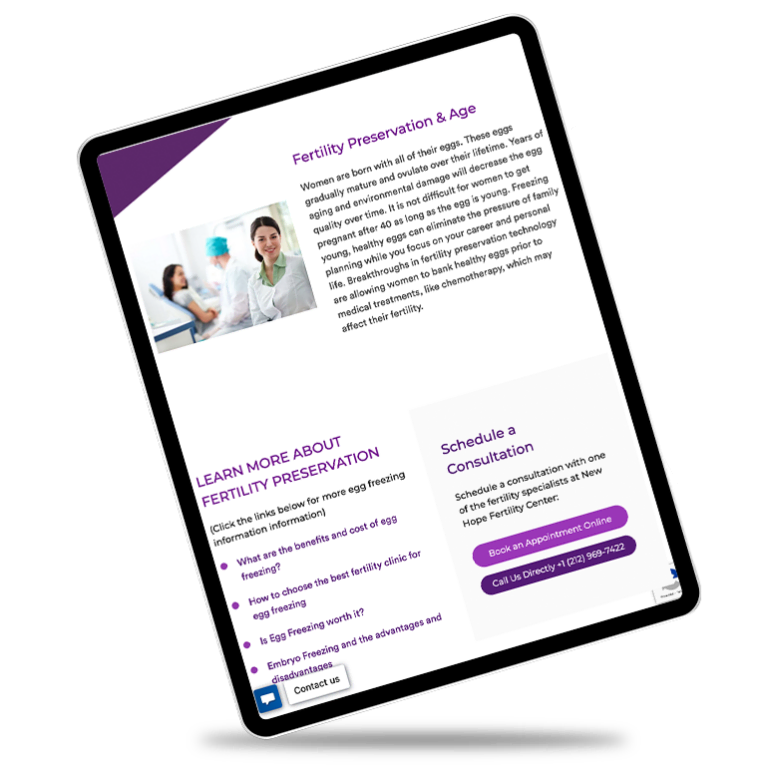




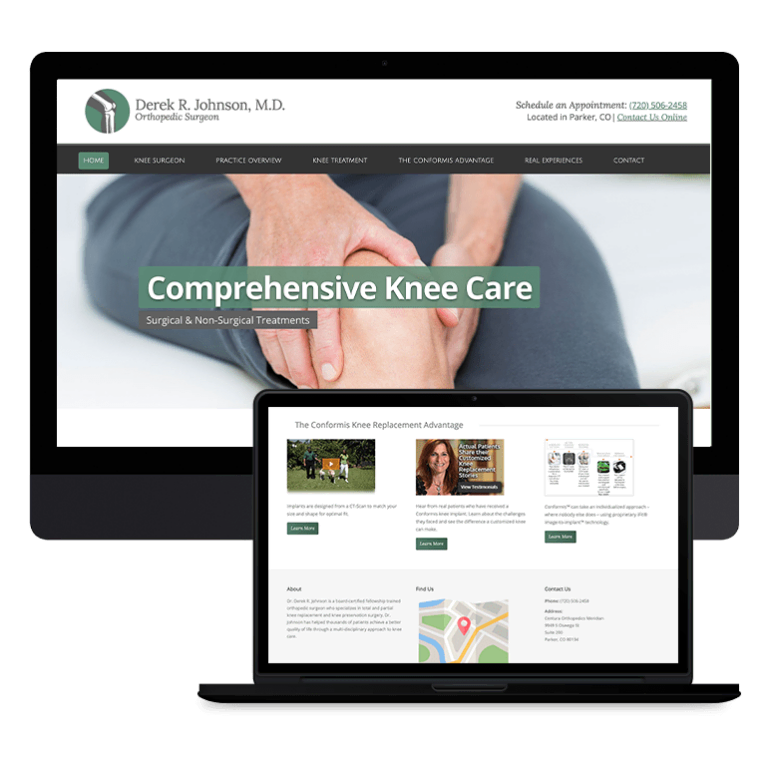
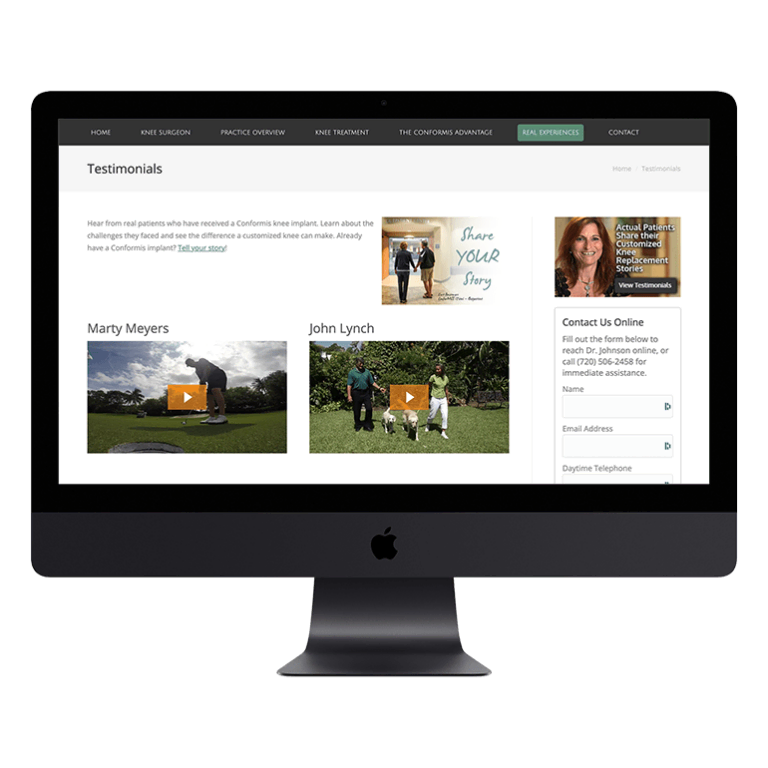

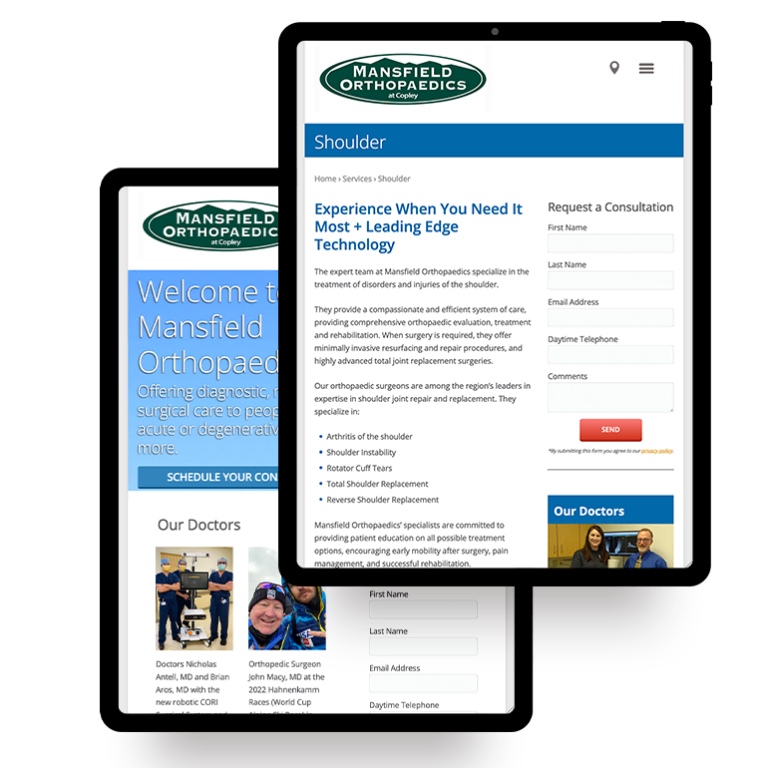
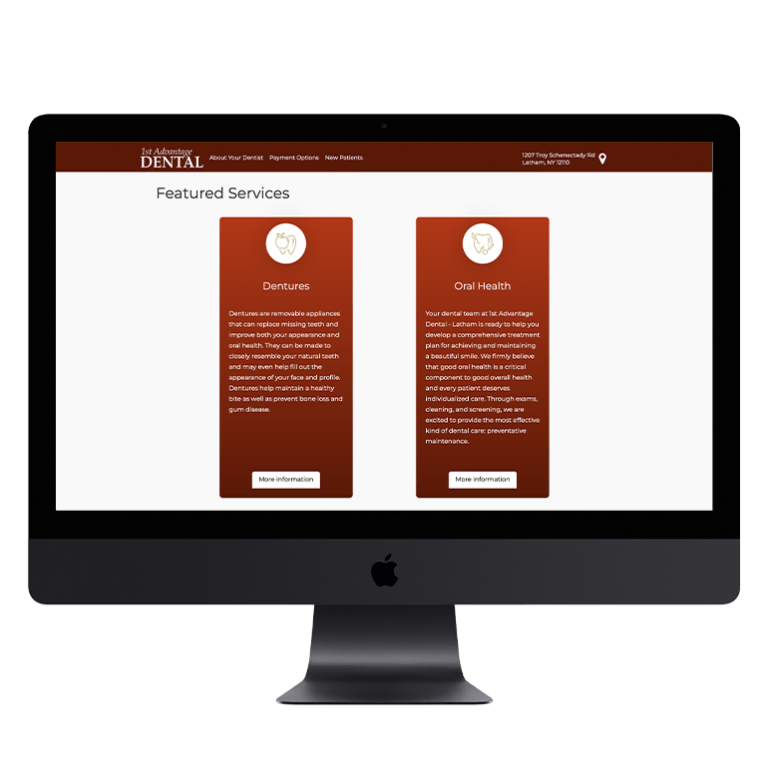
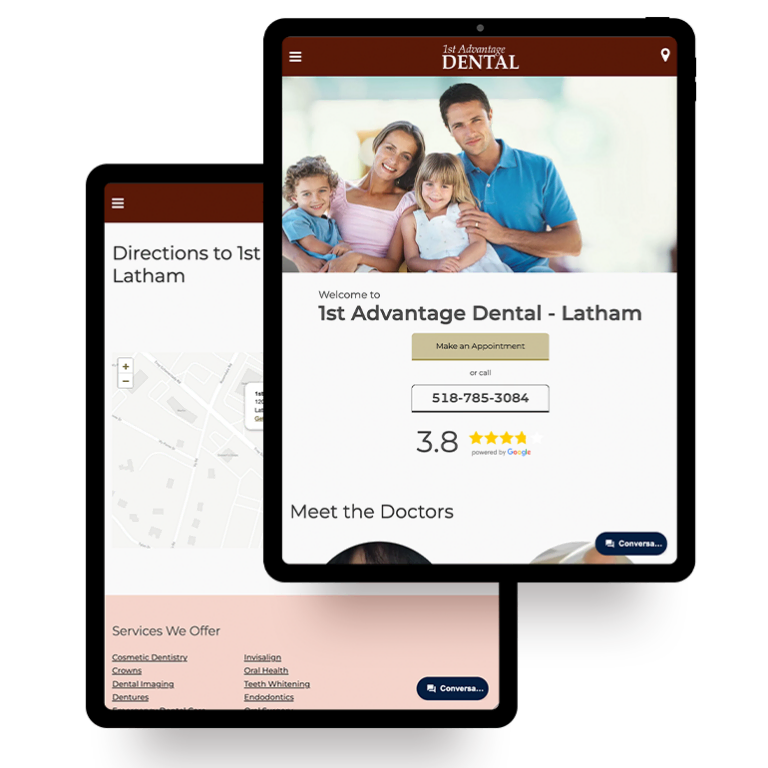
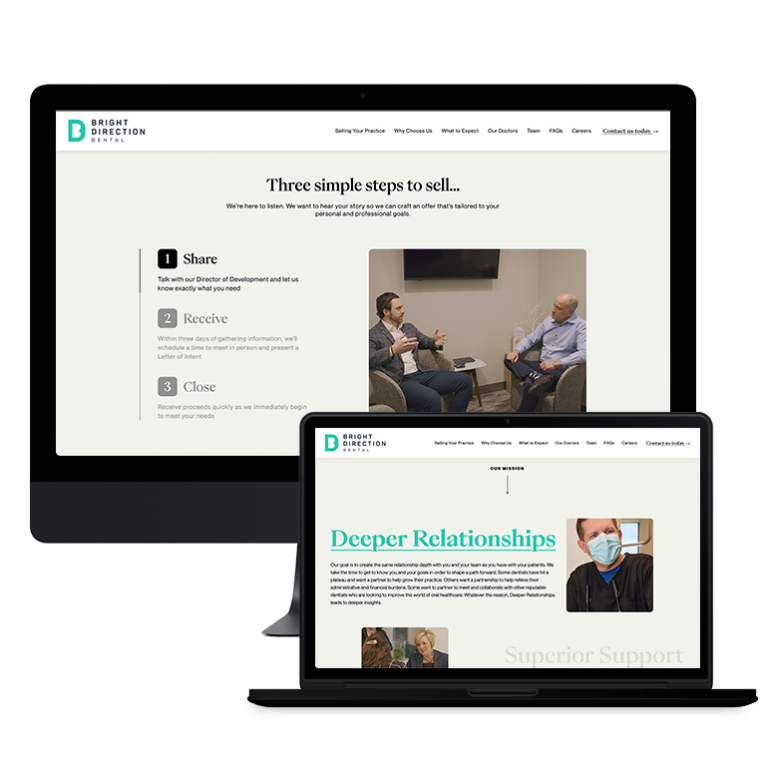

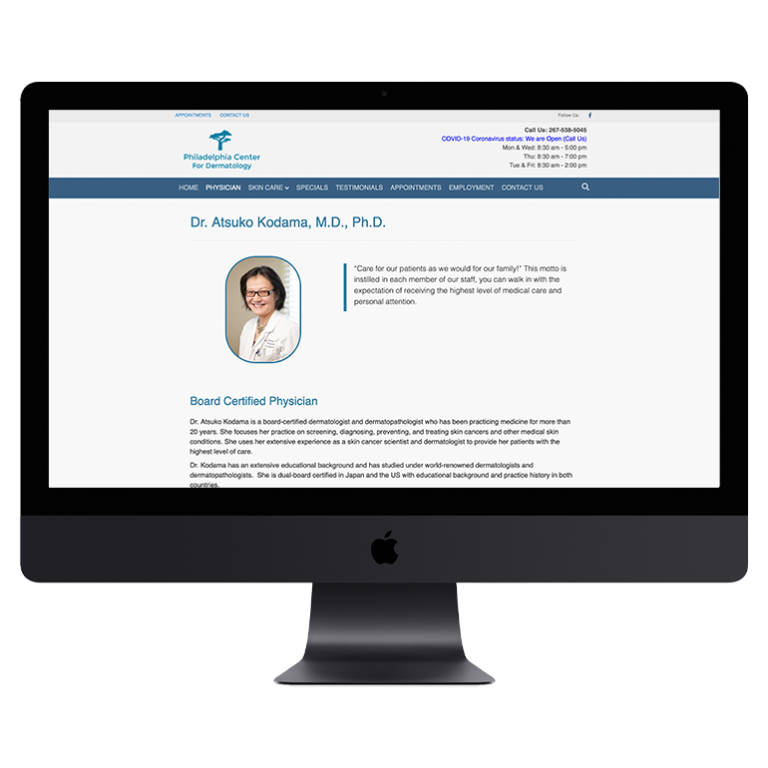
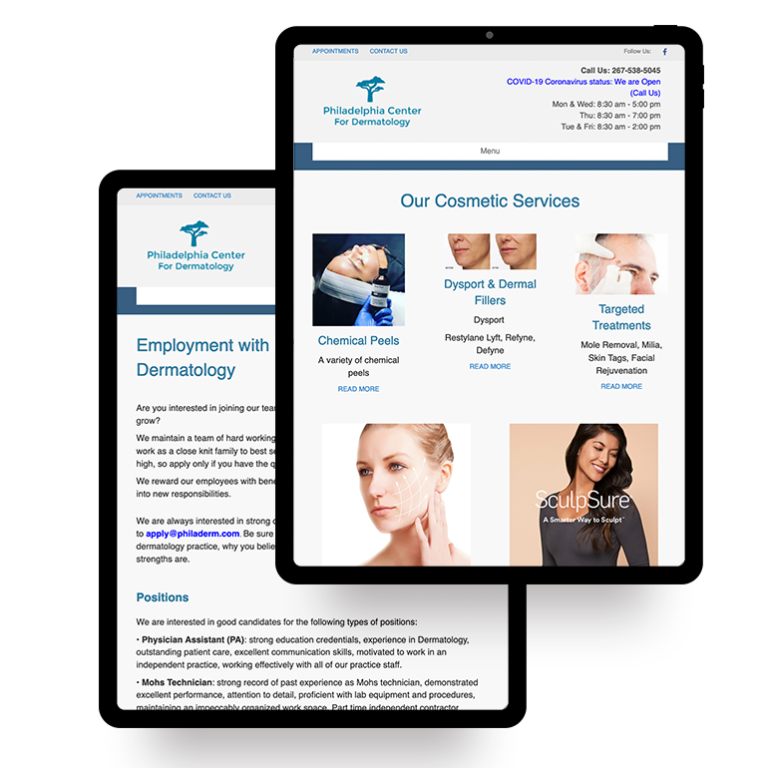


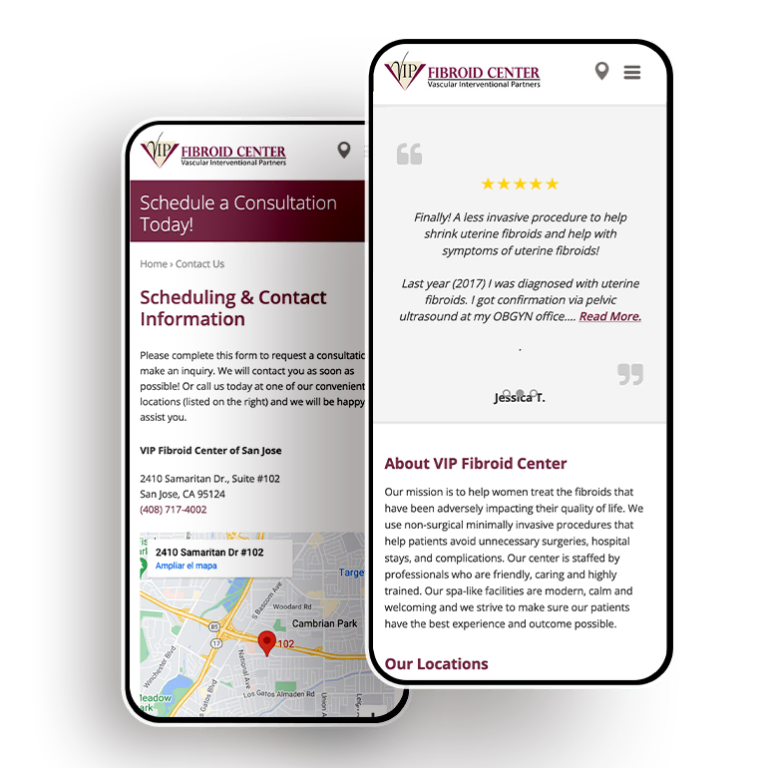

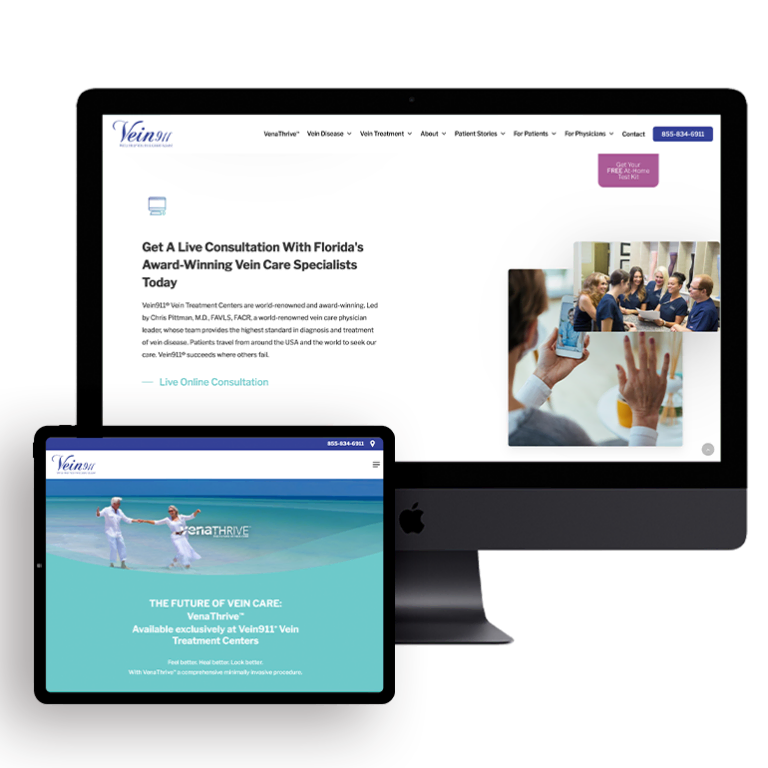
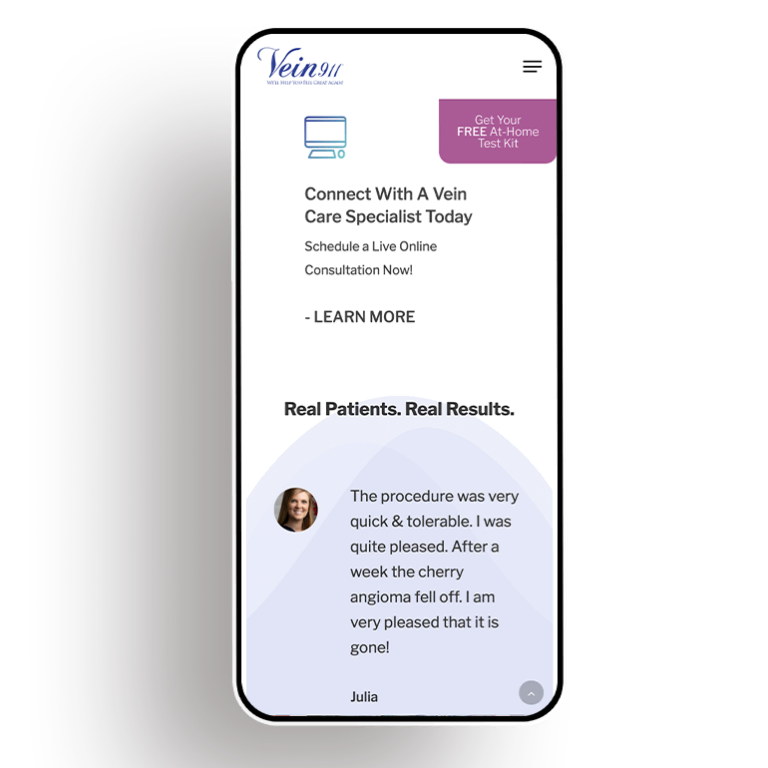


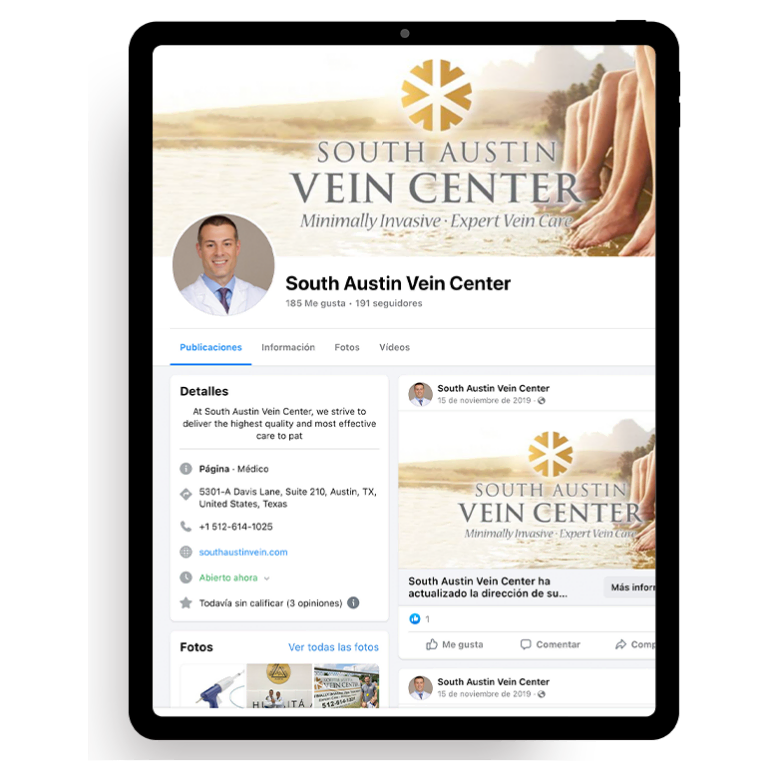

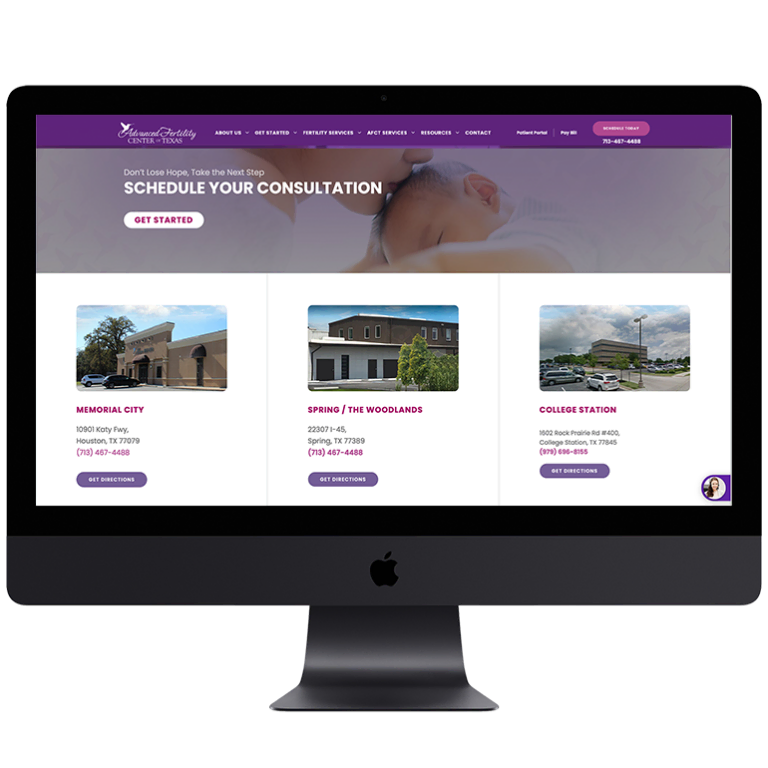
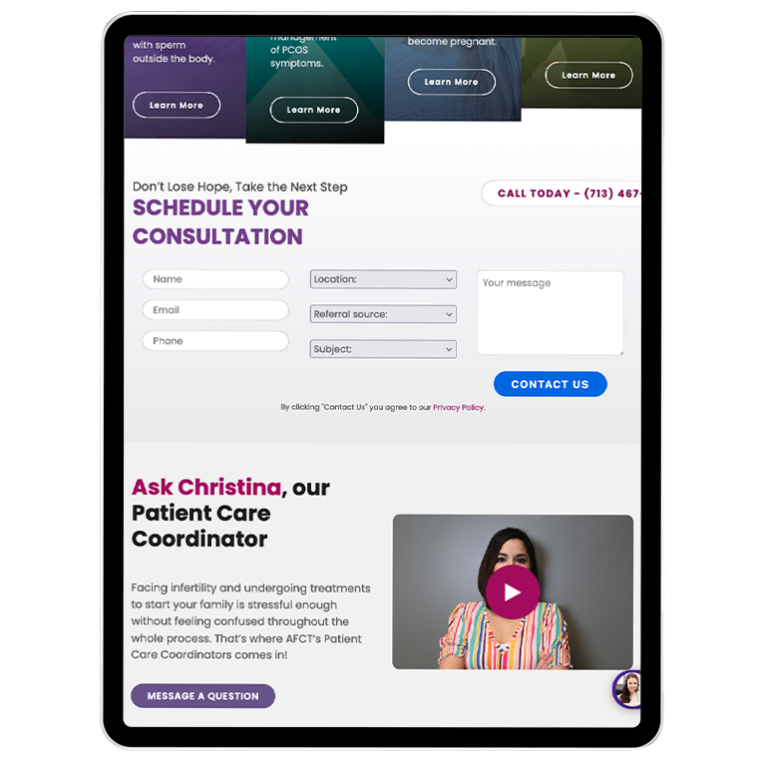
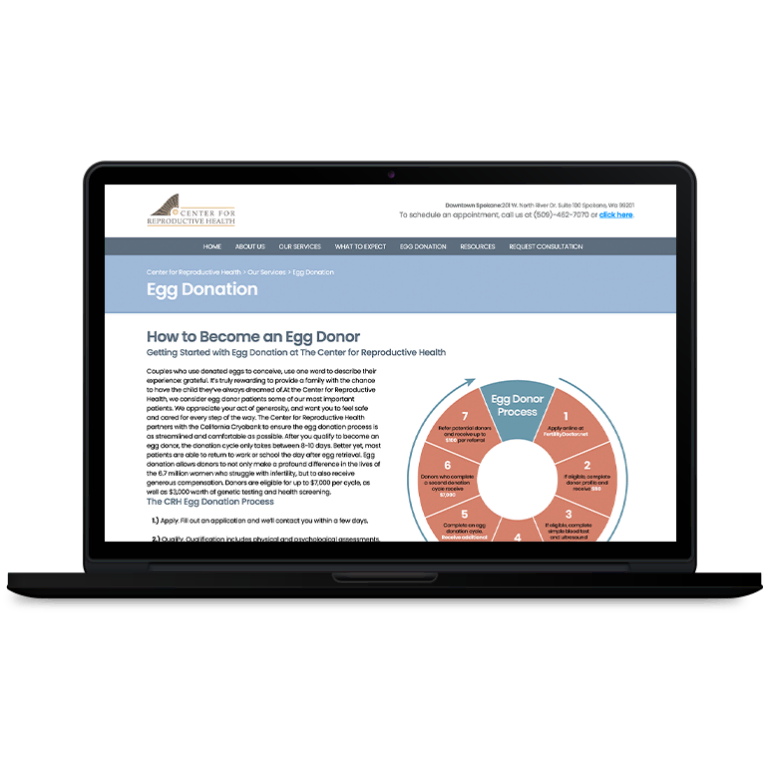
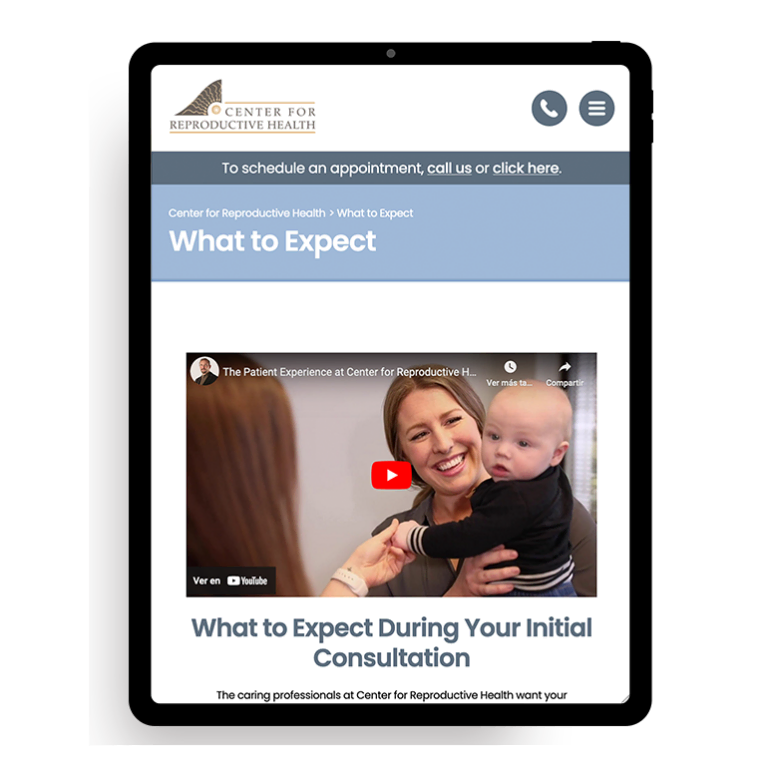
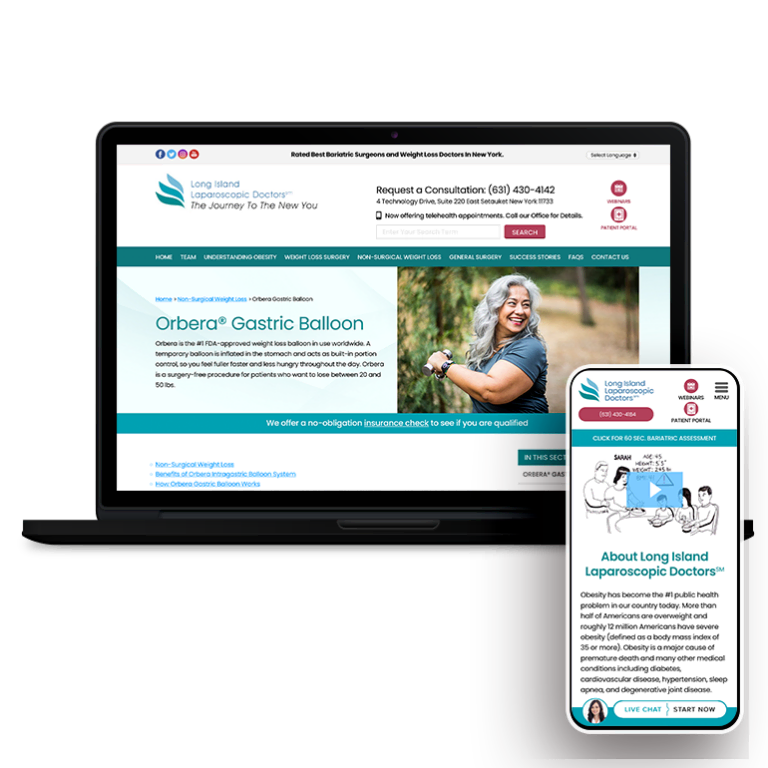
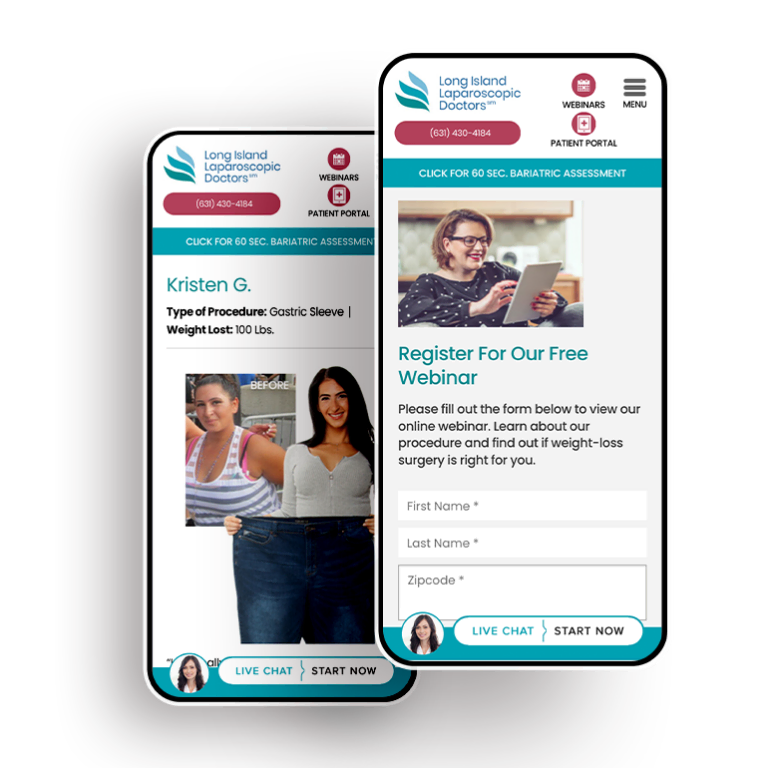
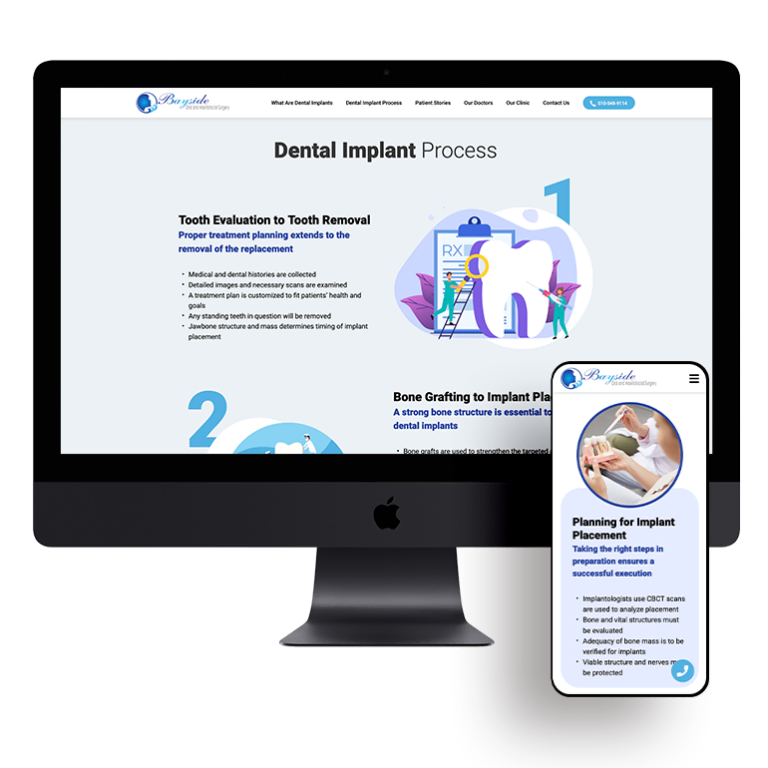


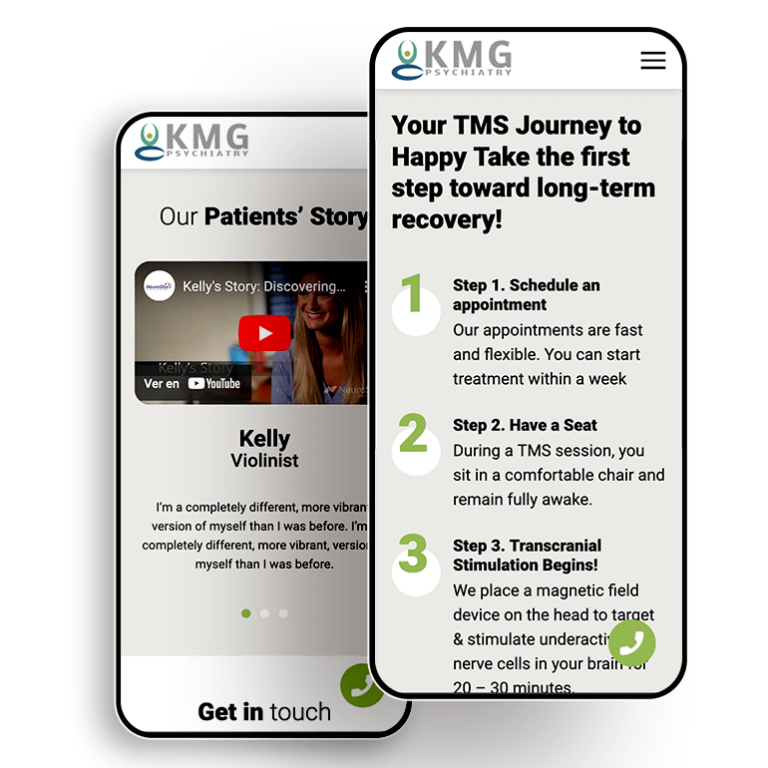
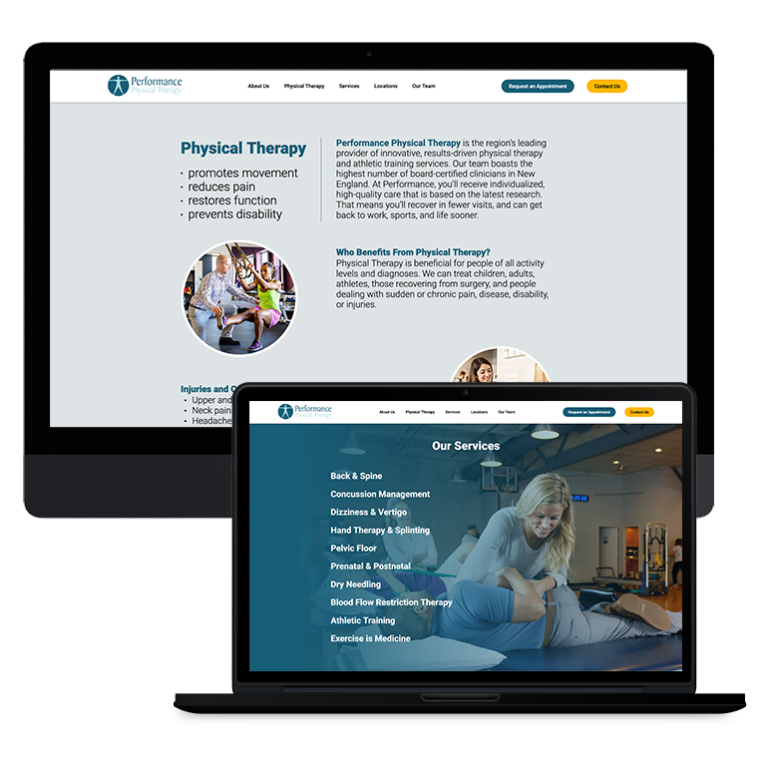
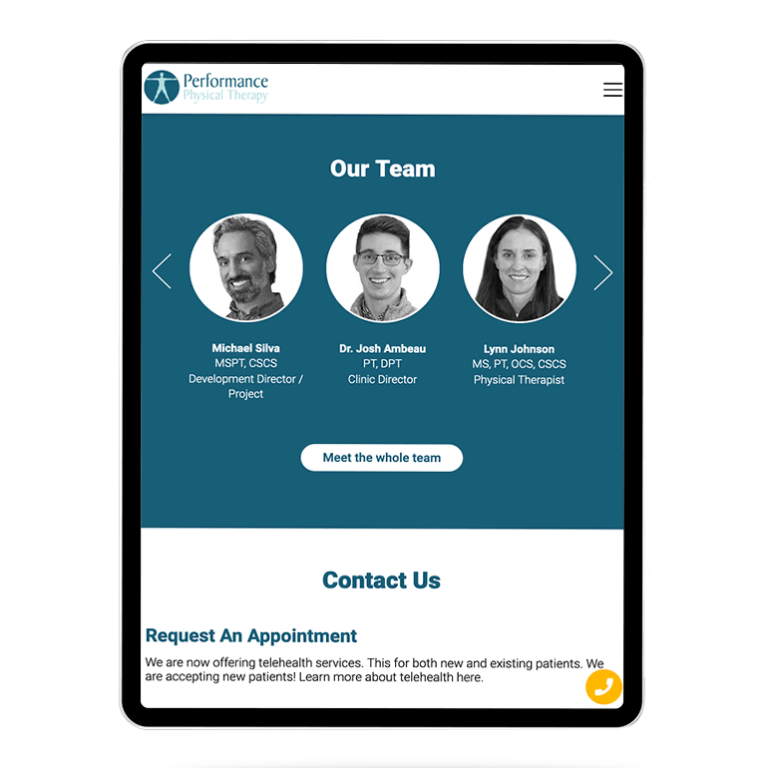


 Smart Design Creates New Patient Opportunities
Smart Design Creates New Patient Opportunities